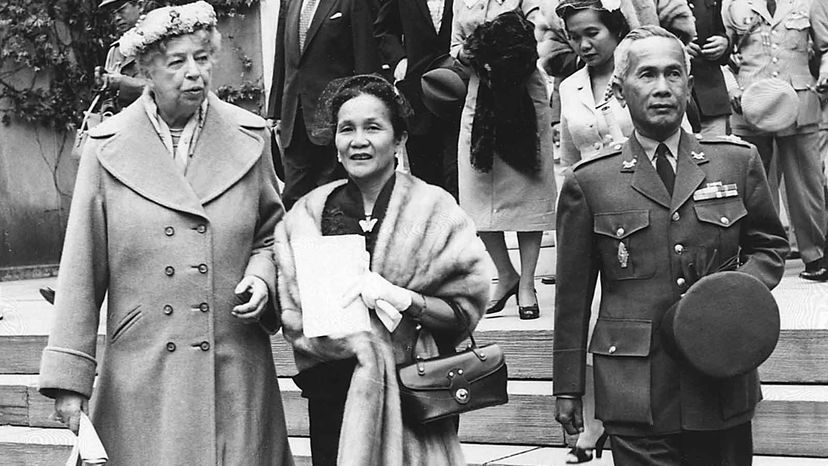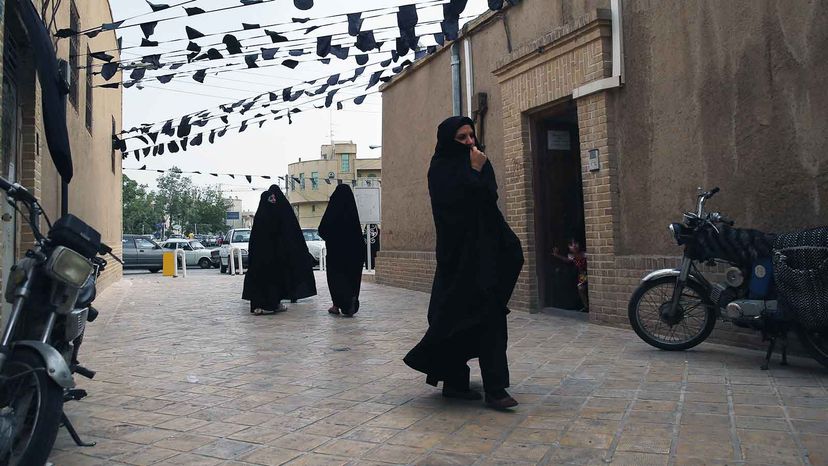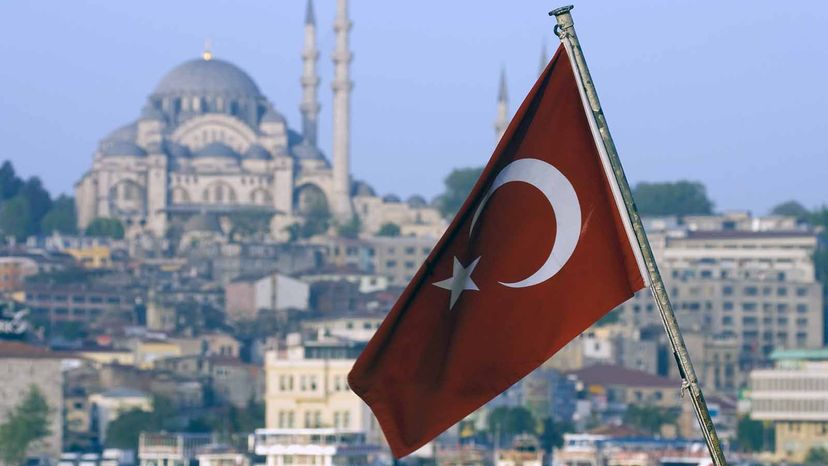
Countries certainly change over the course of their history. But the name of a country? Well that can change, too. Even how it's spelled can evolve. Just look at a vintage map and chances are you'll see country names that you may not recognize.
Empires, wars and governmental changes shape the world and influence not only the way land is divided, but also how people refer to different nations.
Advertisement
Some countries' names have changed over the last century or decade, but some have changed more recently. Here are eight countries whose names have changed and why.
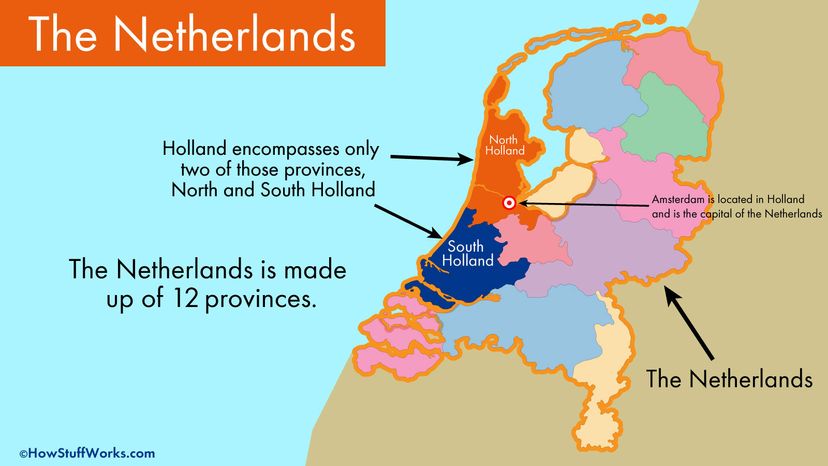
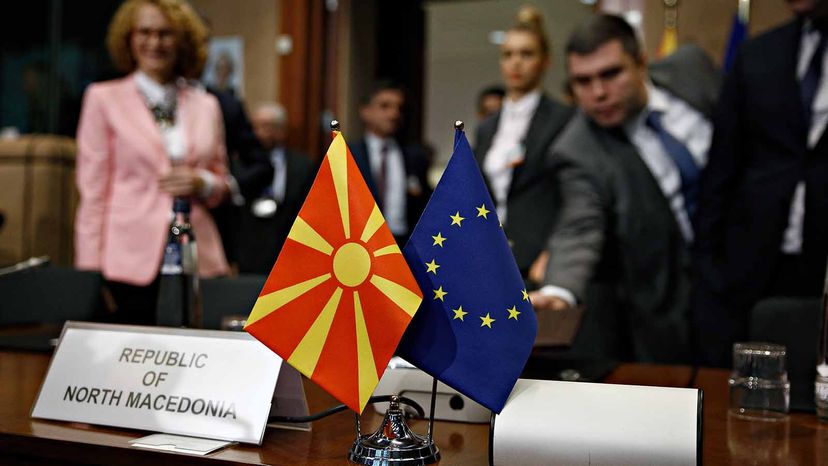
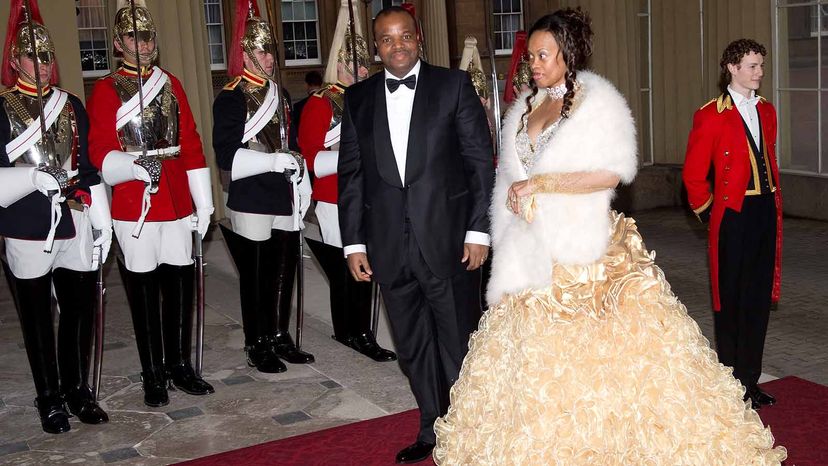
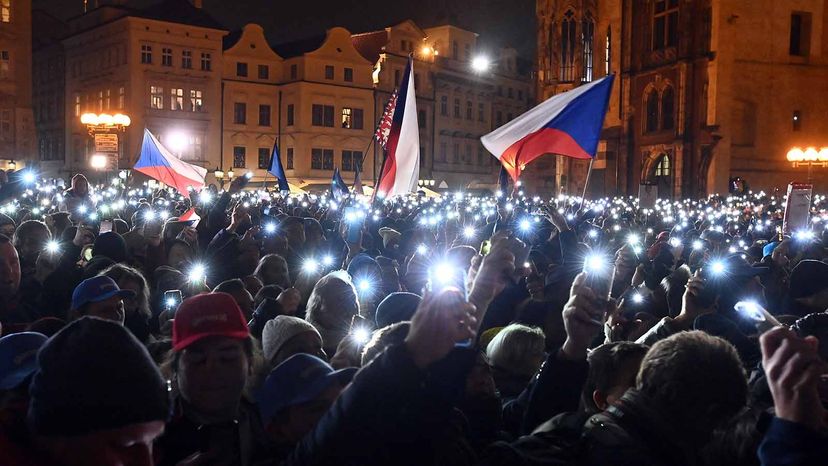
![This depiction shows a a [i]Fête au Cap-Vert, au XVIIème siècle [/i](17th-century party in Cape Verde), which was a unified crown colony of Portugal.](https://media.hswstatic.com/eyJidWNrZXQiOiJjb250ZW50Lmhzd3N0YXRpYy5jb20iLCJrZXkiOiJnaWZcL2NvdW50cnktbmFtZS1jaGFuZ2U1LmpwZyIsImVkaXRzIjp7InJlc2l6ZSI6eyJ3aWR0aCI6ODI4fX19)
